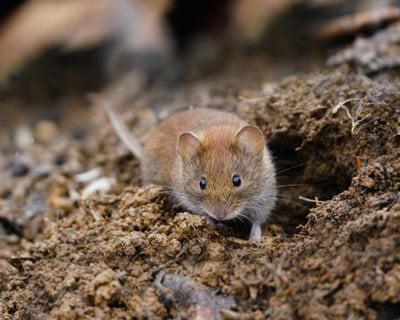Comprehensive Overview to Reliable Vole Insect Control: Invasion Identification and Therapy Techniques
In the realm of reliable bug control, vole infestations position a distinct challenge that demands a critical strategy. These tiny rats, often mistaken for computer mice, can damage yards, lawns, and plants if left unattended. Identifying the indications of vole existence and executing targeted treatment approaches are essential parts of a successful parasite management strategy. By discovering the subtleties of vole actions, recognizing vital indications of problem, and assessing a series of control options, one can create a detailed strategy to combat these evasive bugs.
Understanding Vole Habits
Vole actions is characterized by their burrowing practices and fast reproduction prices, making them a challenging bug to manage efficiently. Their fast reproductive rate further makes complex control efforts, with ladies capable of producing numerous trashes in a solitary year, each including a number of children.
Voles are most active during the very early morning and night hours, spending most of their time foraging for food. Their delving routines not just interrupt yards and gardens but additionally make them testing to find and eliminate. Comprehending vole habits is critical for reliable insect control strategies. By determining their burrow locations, checking feeding locations, and implementing targeted control techniques, such as capturing or habitat adjustment, vole infestations can be handled efficiently.
Indicators of Vole Infestation

Avoidance Techniques
Carrying out efficient prevention techniques is vital in lessening vole infestations and guarding plant life from their harmful feeding behaviors. To prevent vole invasions, it is necessary to start by getting rid of possible food sources and shelter.
On a regular basis inspecting the property for indications of vole task, such as runways and delve openings, is crucial for early detection and prompt activity. If vole activity is suspected, think about utilizing catches or repellents strategically you could try this out placed near their pathways.
Non-Lethal Control Approaches
To effectively manage vole populations while focusing on humane techniques, non-lethal control approaches offer functional options for lowering vole damages in landscapes and gardens. These barriers can be hidden at least 12 inches deep and curved at a 90-degree angle to prevent voles from tunneling below.

Lethal Control Options
One efficient approach for dealing with vole content infestations in landscapes and gardens involves the strategic use of lethal control options. When encountered with a serious vole invasion that non-lethal techniques have failed to include, carrying out deadly control procedures comes to be critical. On the whole, when using deadly control choices, it is important to do so responsibly and in conformity with local regulations to effectively take care of vole problems.
Final Thought
Finally, efficient vole insect control needs an extensive understanding of vole behavior, identification of signs of invasion, execution of avoidance techniques, and use of both non-lethal and deadly control methods. By integrating these strategies, people can successfully handle vole populaces and protect their building from damages. It is very important to deal with vole infestations immediately to protect against more concerns and reduce the influence on the surrounding setting.
Offered the detailed tunnel systems and quick reproduction rates particular of voles, identifying the signs of vole invasion comes to be important in efficient parasite control. One of the key indicators of vole existence is the existence of surface area image source paths or trails in turf or snow, commonly about 1-2 inches broad, developed as voles travel between their burrows and food sources.To successfully take care of vole populations while focusing on humane methods, non-lethal control methods provide useful solutions for lowering vole damages in landscapes and yards.One reliable method for attending to vole problems in gardens and landscapes involves the tactical use of lethal control choices. vole pest control.In final thought, efficient vole bug control needs a thorough understanding of vole behavior, recognition of indicators of infestation, application of prevention methods, and usage of both non-lethal and deadly control techniques